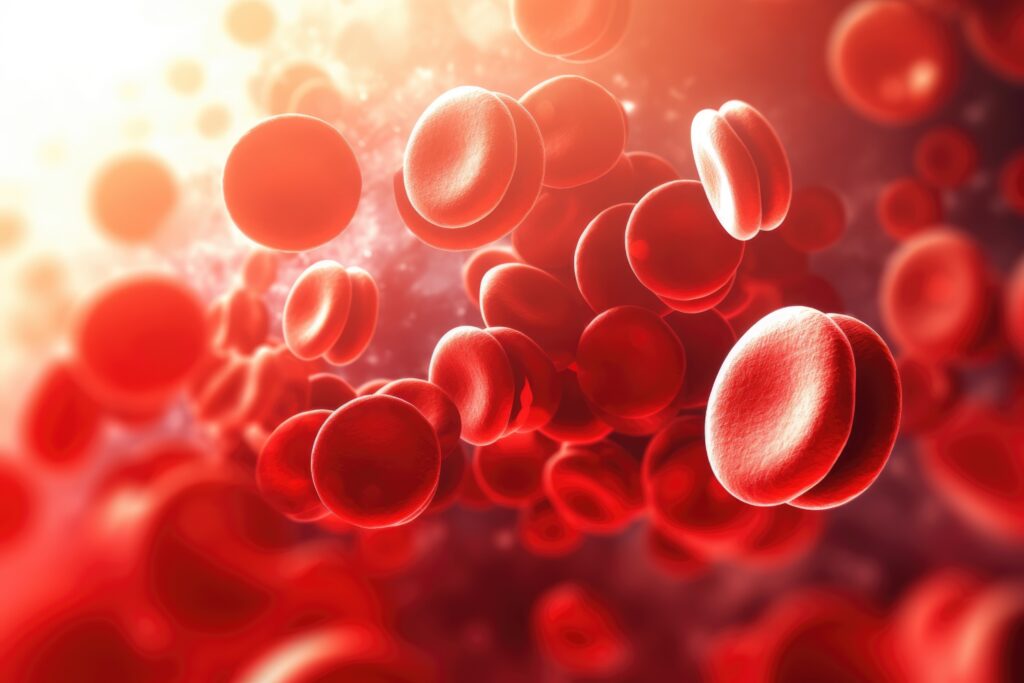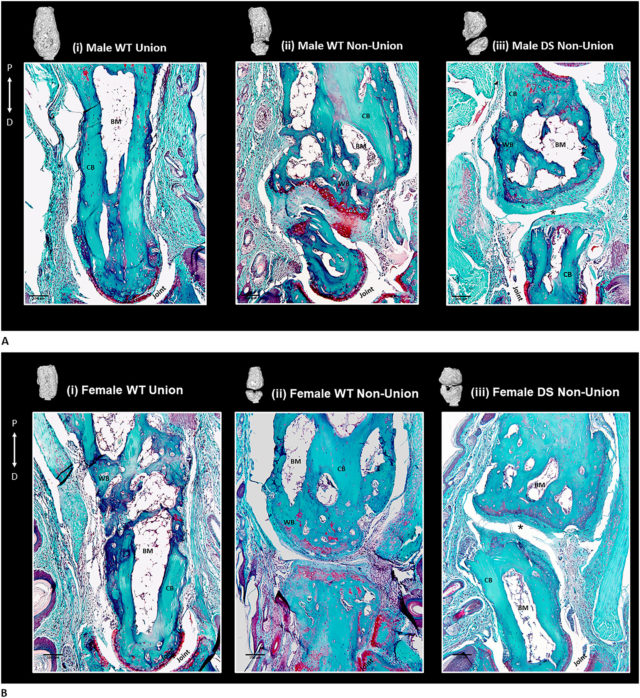By Dr. Stephanie McMahon | Ph.D. Candidate in Genetics
Acute myeloid leukemia is the most prevalent form of leukemia in adults in the United States. Typically, it is treated with cytotoxic chemotherapy. However, during this treatment, patients are at a higher risk for bloodstream infections (BSIs) and subsequent mortality due to weakened mucosal lining and decreased immune responses.

Previous studies have shown that bacteria from the gastrointestinal microbiome — the community of microorganisms (such as fungi, bacteria and viruses) and their genomic content that exist in a particular environment — spreading to other organs, like the liver and kidneys, are a significant source of BSIs. When bacteria indigenous to one environment move into another (called “bacterial translocation”), they travel across the gut mucosa to extraintestinal sites and tissues that are normally sterile.
Prior to bacteria translocation, there are often increased levels of infectious organisms in the gastrointestinal tract. This research aimed to understand how the abundance, or “dominance,” of a particular genera or species of microbe relative to others in the oral cavity and gut relate to bloodstream infection incidence in acute myeloid leukemia patients. Moreover, this research also aimed to determine if the infectious agent and the presence of antibiotic resistance determinants could be detected in the stool via digital droplet PCR (ddPCR) at the time of infection (prior to culture).
These findings indicate that monitoring the oral and gastrointestinal microbiome is crucial for detecting both life-threatening pathogens and the genes that confer antibiotic resistance before a bloodstream infection occurs. These findings have the potential to improve the timing and tailoring of antibiotic treatment strategies for patients at high-risk of infection due to chemotherapy. Other researchers on this project included graduate student Samantha Franklin and faculty member Dr. Jessica Galloway-Peña.
These findings were published in Microbiology Spectrum.

